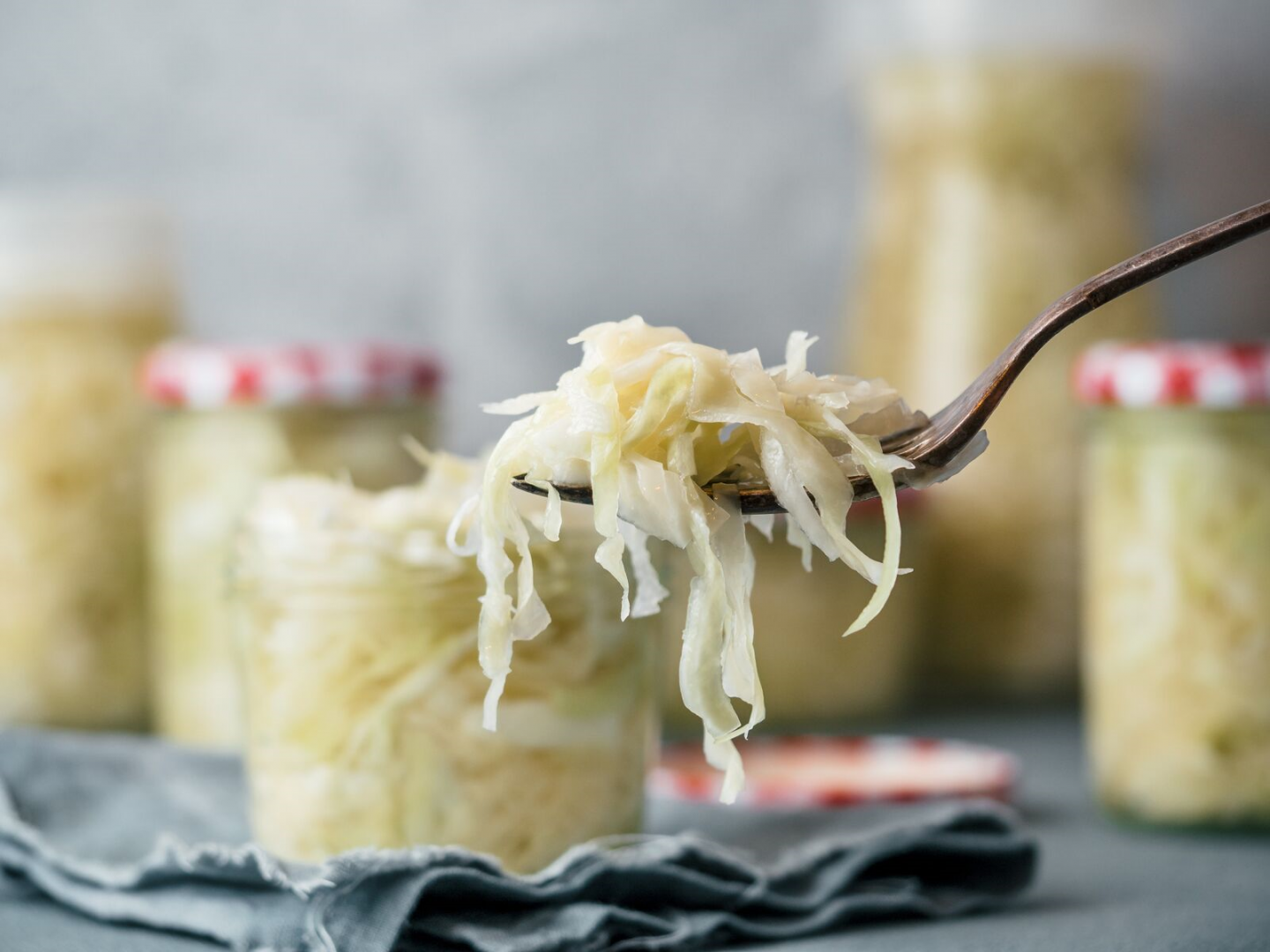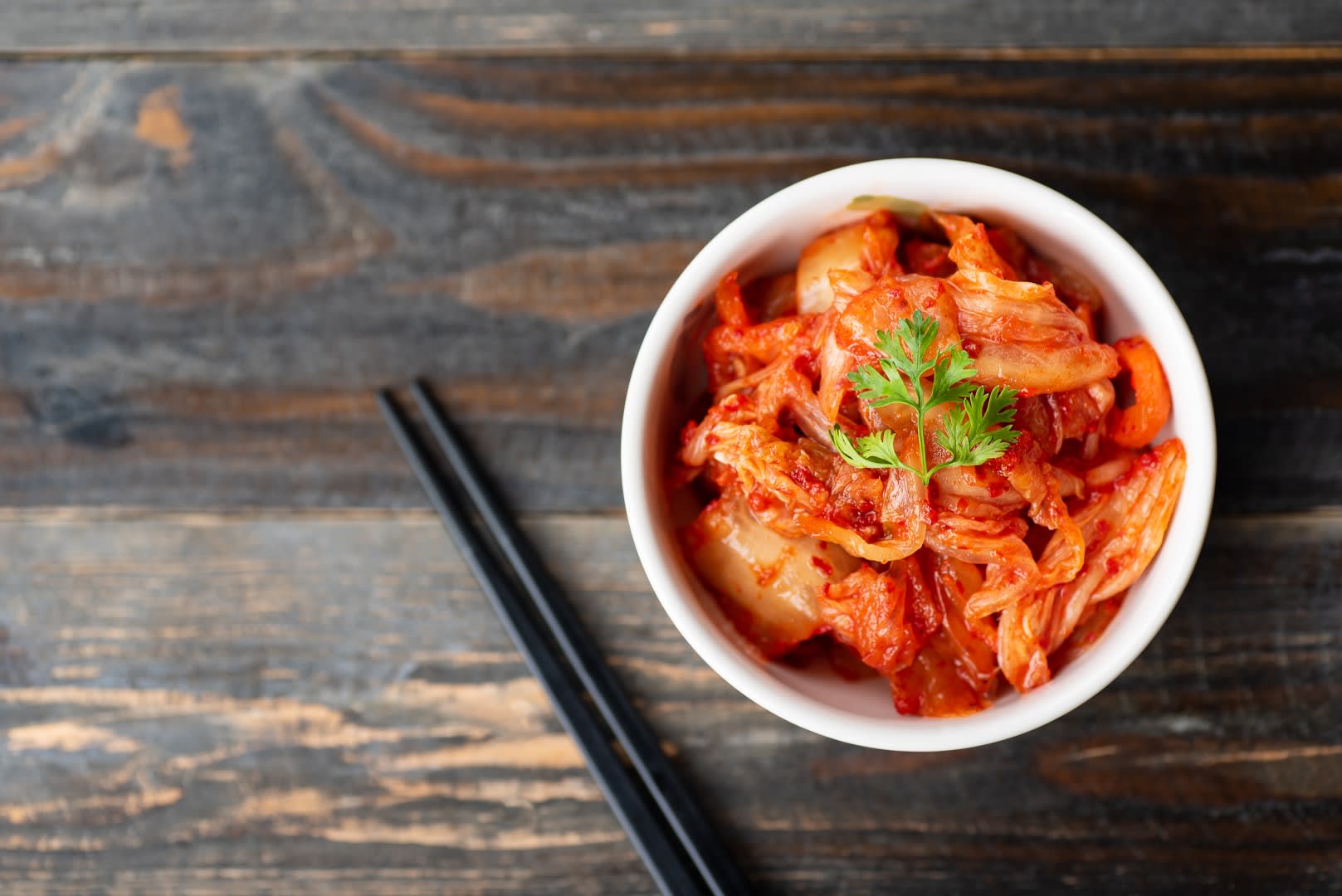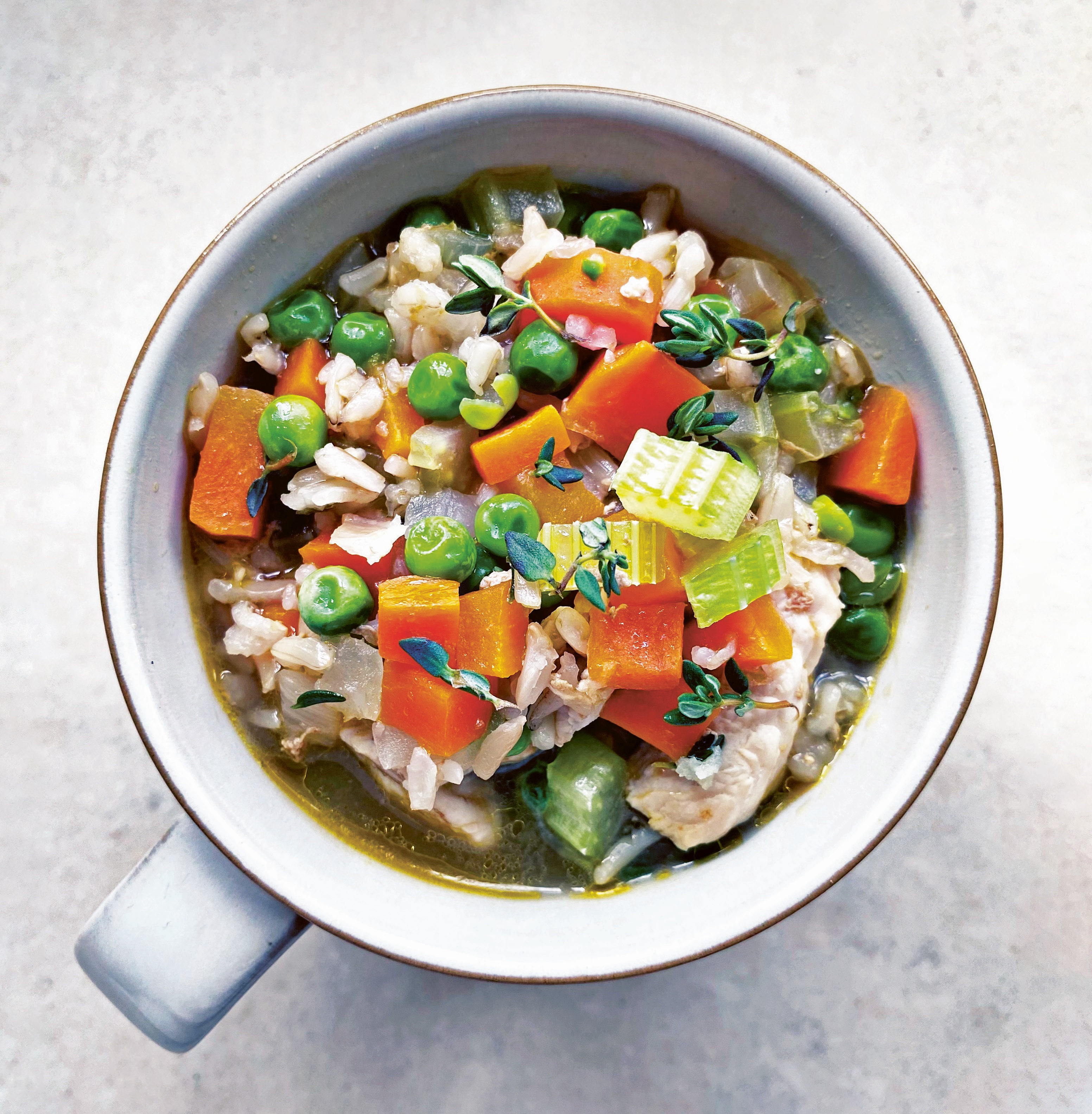What is it? The modification of complex organic substances into simpler compounds by enzymes produced by microorganisms such as yeast in anaerobic conditions i.e. without oxygen. This process produces waste products, some of which are desirable in food, namely alcohol, carbon dioxide and preservative acids.
Despite its ubiquity and it being responsible for some of the world’s favourite things, the word ‘fermented’ seems to put people off. Perhaps it’s felt to be an antonym of ‘fresh’ and therefore reminiscent of spoilage. Whatever the reason, it’s totally undeserving of these connotations. Fermentation can create fantastically unique and complex flavours, whilst conferring serious health benefits.
Self-confessed food obsessive and fermentation advocate, Emma Collen, owner of the fabulous Jericho Kitchen Cookery School, had her passion for all things fermented ignited by a lesson from Simon Poffley, author of Ferment, Pickle, Dry: Ancient Methods, Modern Meals. “His opening line pulled me in straight away – ‘Hippocrates made this statement over two thousand years ago, and it is truer today than ever – “all disease begins in the gut.”’ I immediately wanted to know more.” We now know a vast amount more than Hippocrates did about digestion and the importance of ‘intestinal flora’ to our health. We’ve all heard mention of ‘good’ and ‘bad’ bacteria, and this is where fermentation comes in. Good bacteria help us to break down foods to extract more nutrients, and resist the propagation of bacteria that make us ill.
The benefits of a healthy gut are expansive, but modern lifestyle choices can adversely affect this in many ways. “Today we are challenged from so many directions,” says Emma, “lifestyle and diet, stress,”¯toxic chemicals”¯in our food, water and environment, alcohol consumption and frequent use of antibiotics all deplete our healthy supply of beneficial enzymes and bacteria. Supplementing with”¯friendly bacteria”¯helps to keep harmful bacteria from multiplying in our intestines.”
So if this ancient technique seems like the kind of thing that you might benefit from for a happier, healthier and more varied culinary year, then why not try one of these recipes at home, courtesy of Emma.
If you’d like to learn more, check out the classes on offer at jerichokitchen.co.uk.
‘Food Fermentation with Simon Poffley’ runs Sunday 27 January.
Kimchi
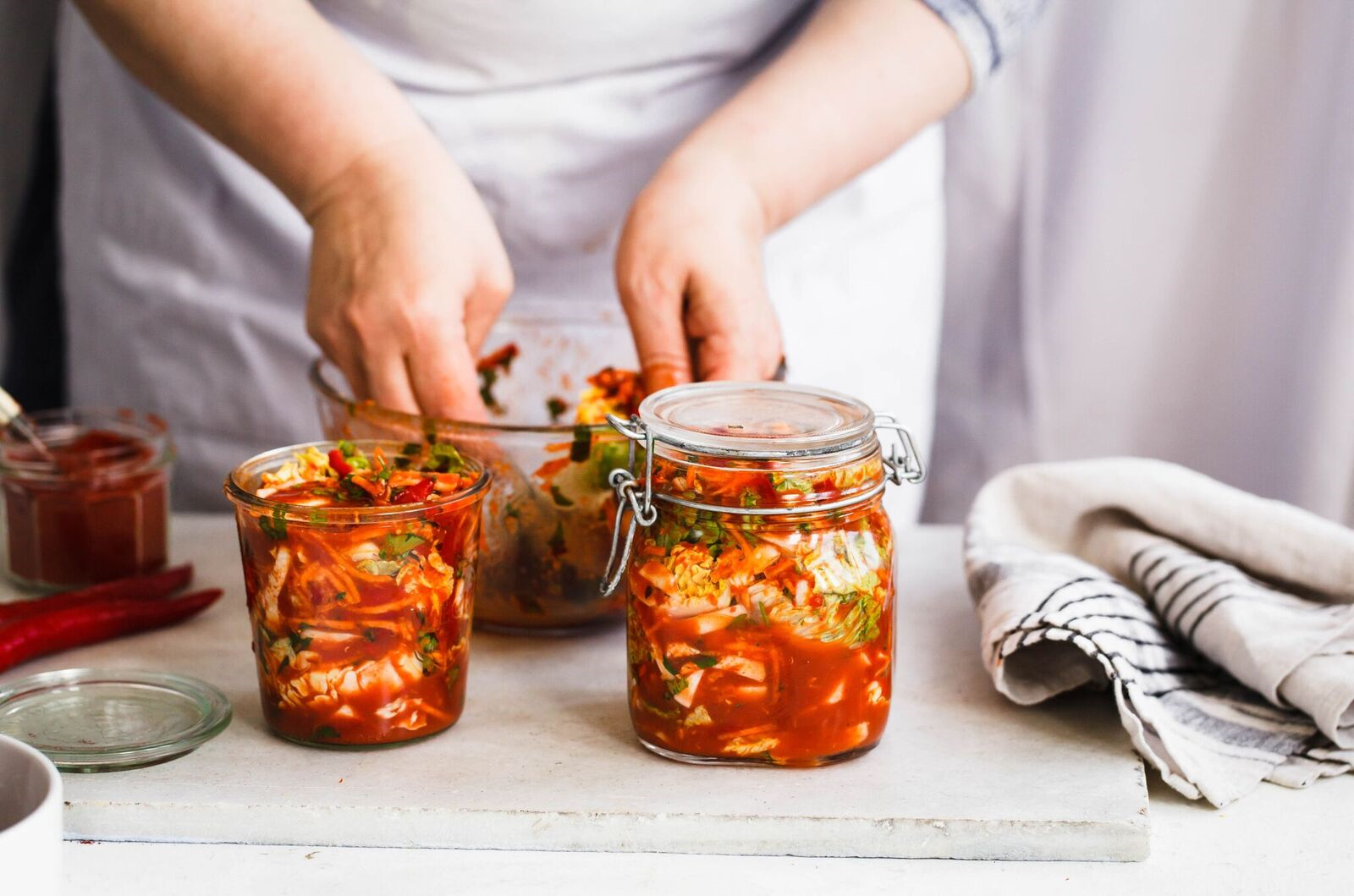
There are around 300 versions of this traditional fermented Korean side dish. Shop-bought kimchi usually includes fish sauce but you can skip this ingredient if you want to make it vegetarian. The following recipe is a basic vegetarian version.
Ingredients
300g Chinese cabbage
30g sea salt (6% of water content)
500ml water
20g Korean chilli flakes
1 heaped tsp minced garlic
1 heaped tsp grated ginger
30g mooli, shredded
40g spring onion (or leek) finely cut
½ tsp sugar (optional)
Method
Soak coarsely chopped or quarters of Chinese cabbage in a brine with the salt and leave for 2-8 hours (or overnight). Rinse the cabbage well, and gently squeeze excess water out of the leaves. Make up a paste from the other ingredients and rub onto each piece of cabbage. Pack the cabbage into a jar and leave out with lid ajar, then place in fridge. This will be ready after about 6-10 days.
”¯
Pineapple and Turmeric Kraut
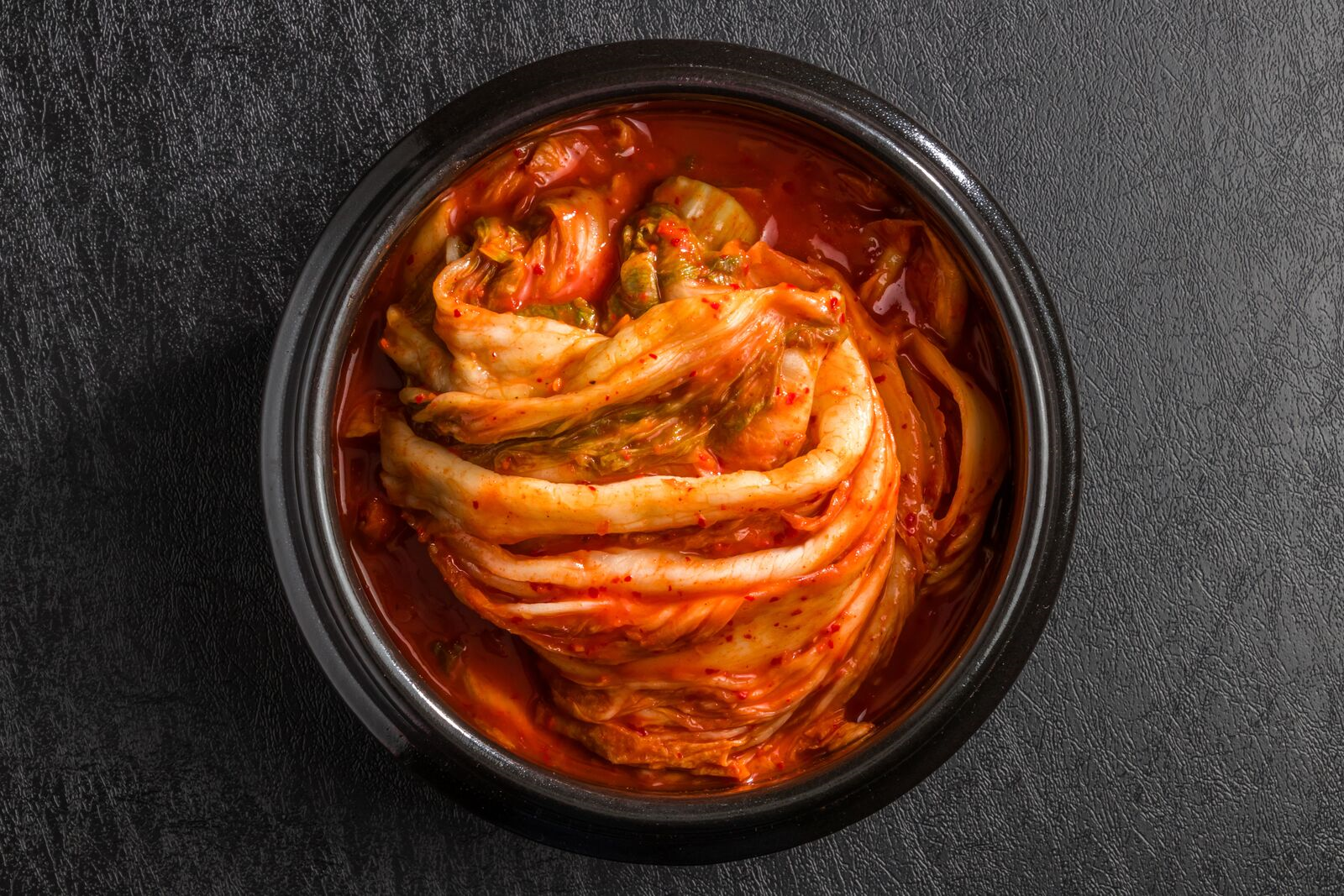
Ingredients
200g white cabbage
200g pineapple, peeled and cubed
1 heaped tsp grated ginger
Pinch of turmeric powder
6g salt
Method
Mix the salt and cabbage and knead/squeeze well. Add the pineapple, ginger and turmeric and mix well.”¯Pack into a sterilised jar and make sure the brine covers the vegetables.”¯Leave to ferment in a warm place (approx.. 21°C) for 5-8 days.”¯
